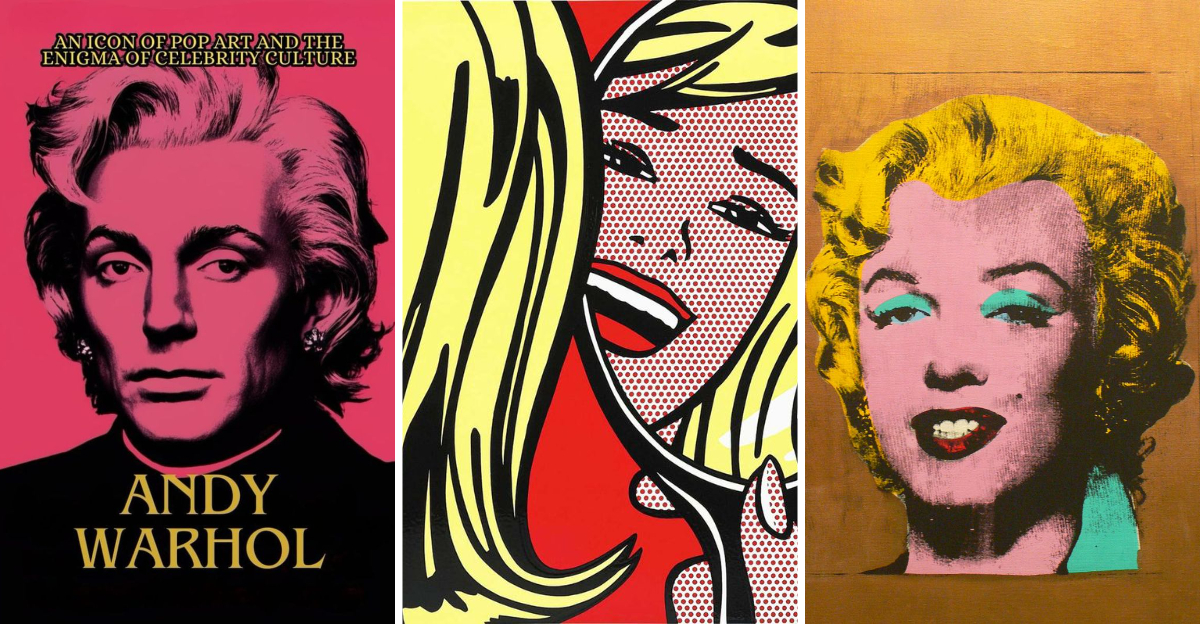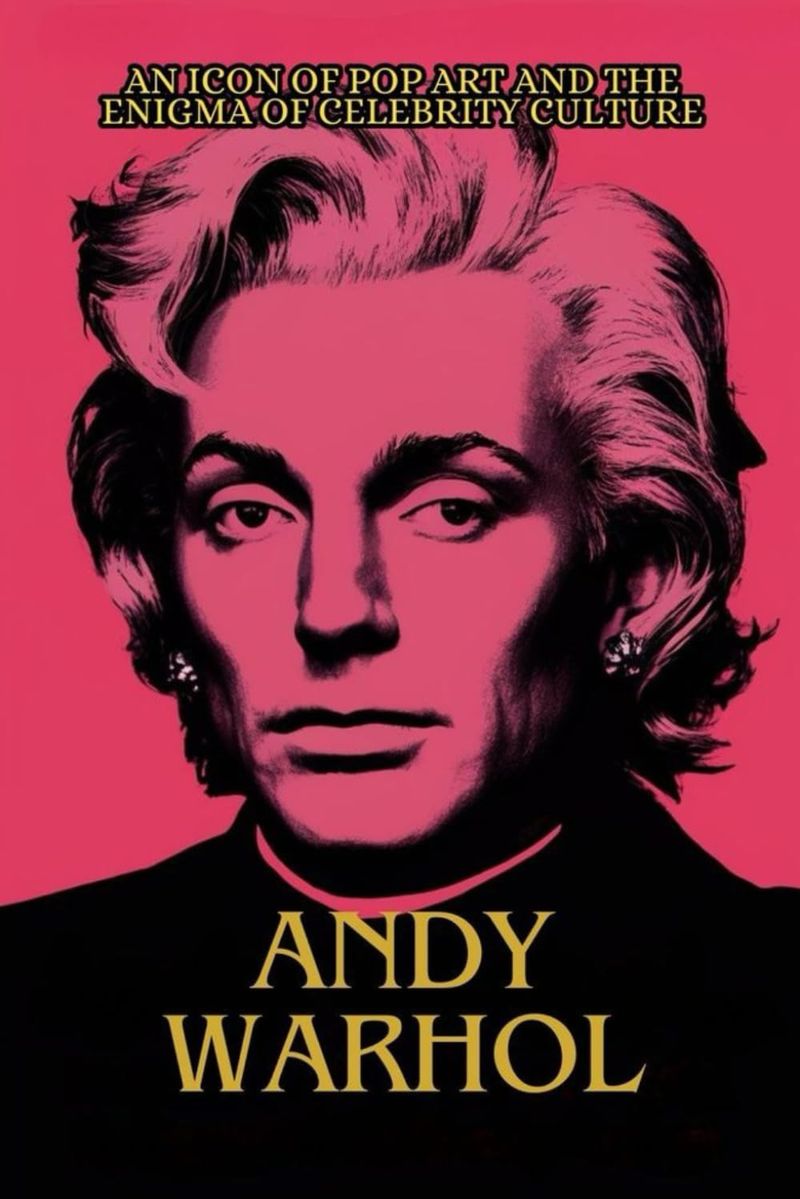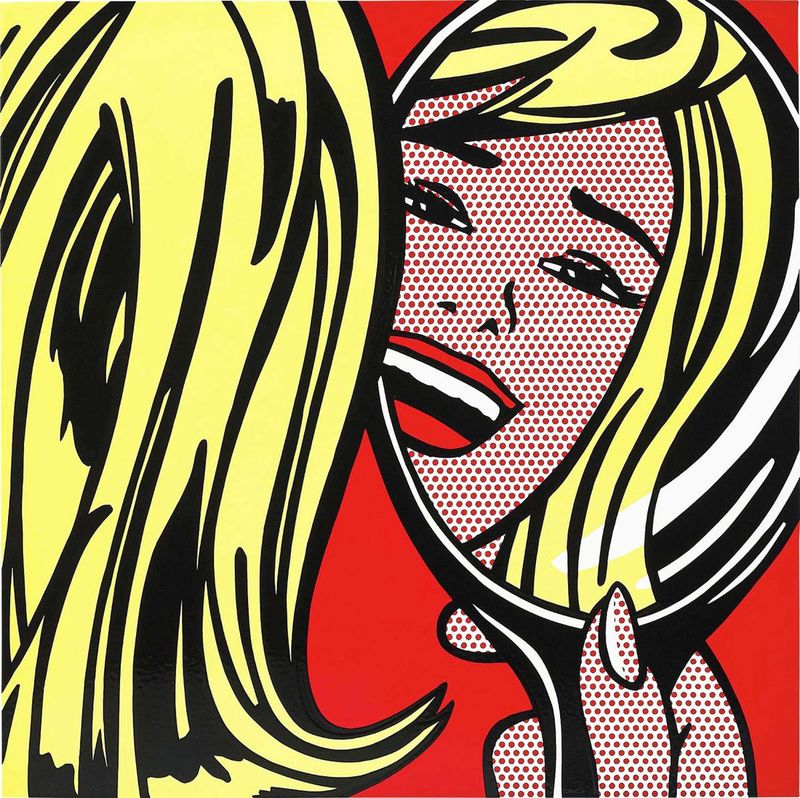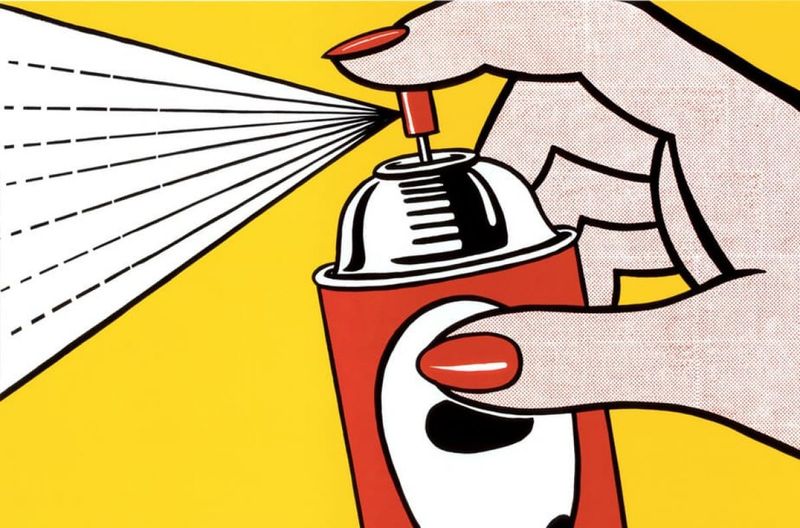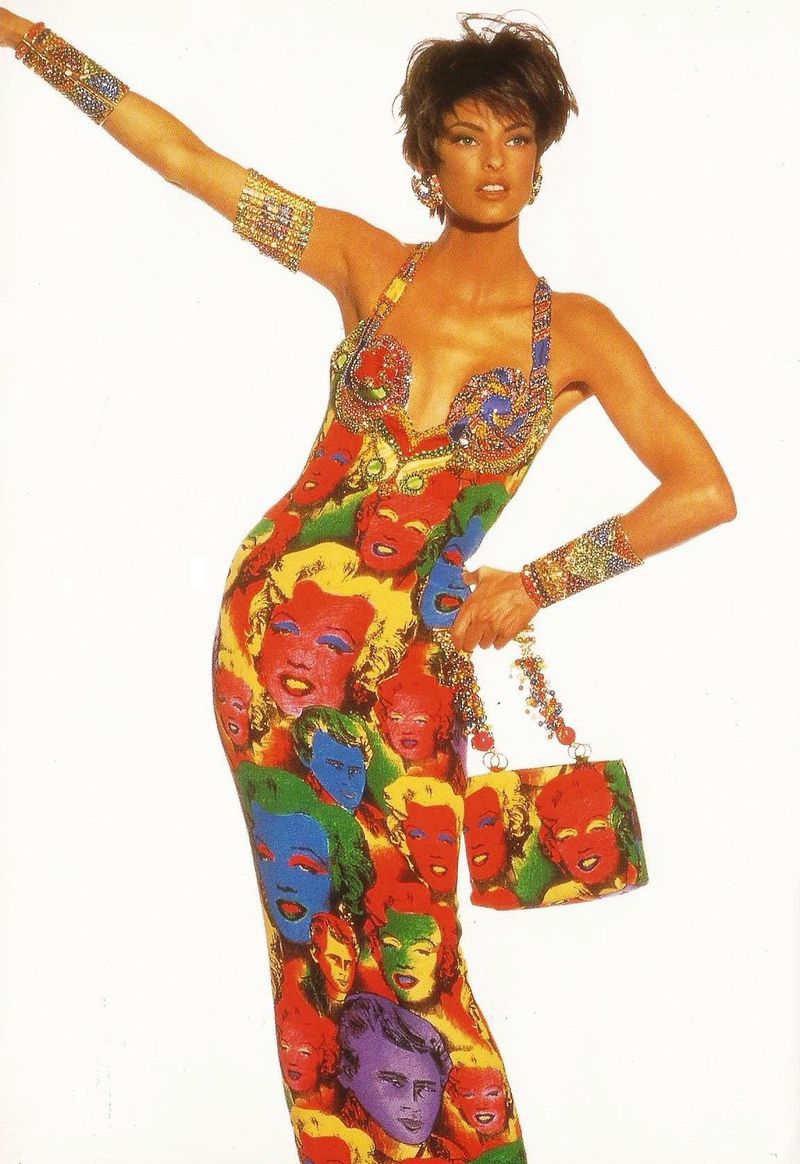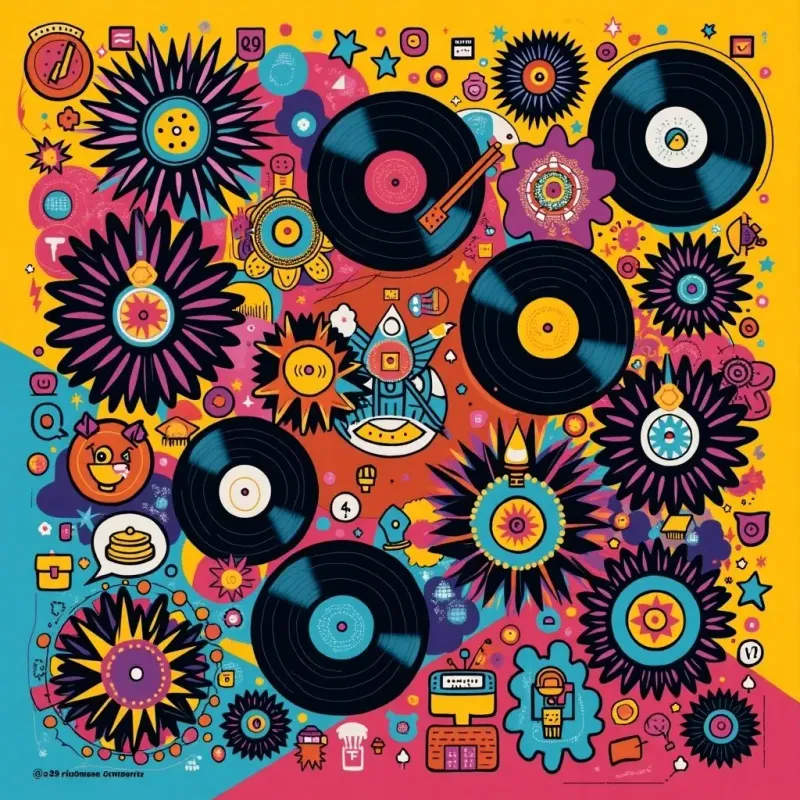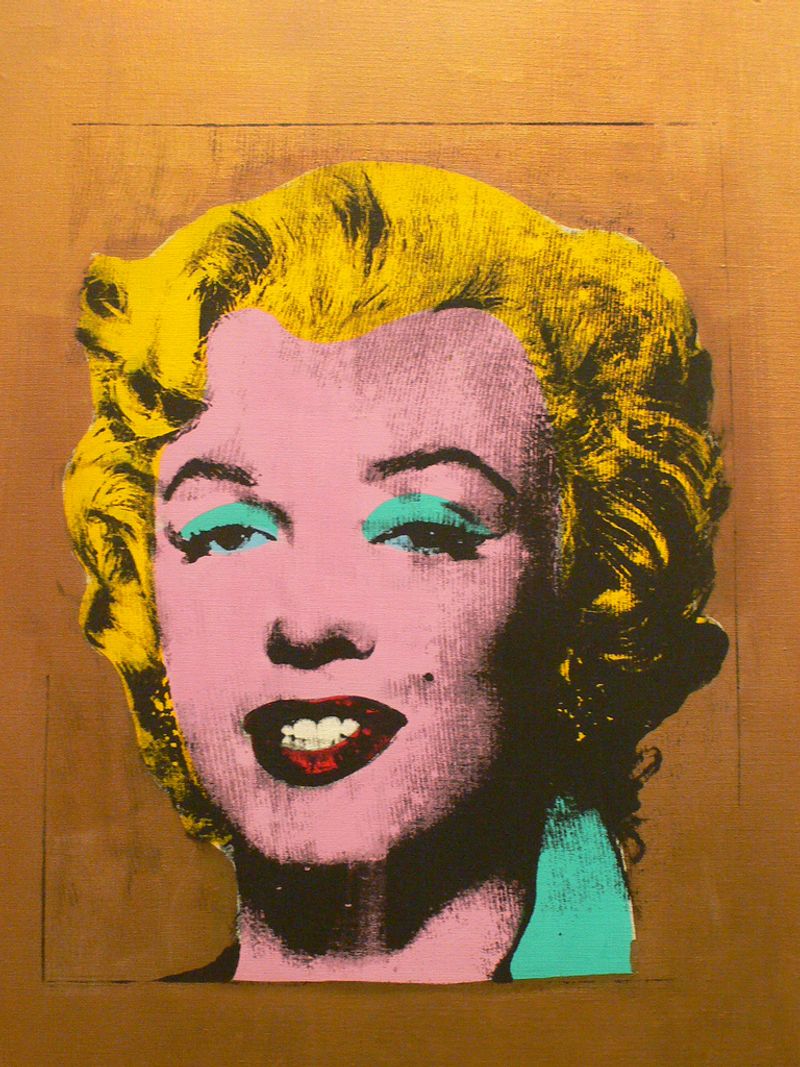Pop art, a movement characterized by themes and techniques drawn from popular mass culture, has wielded a profound influence on the visual language of the past decades. By embracing and critiquing the mundanity of consumer goods, pop art has not only transformed the art world but also challenged societal norms and ideas. This vibrant cultural wave continues to resonate today, inspiring new generations of artists and reshaping the cultural landscape.
Andy Warhol and Celebrity Culture
Andy Warhol, with his signature style, revolutionized the way we perceive fame. By focusing on celebrities as subjects, he elevated everyday icons to art status. His work blurred the lines between genuine admiration and commercial exploitation. Warhol’s studio, The Factory, became a hub for artists and celebrities, shaping a new cultural narrative. He questioned authenticity in a media-saturated world, forever changing artistic expression. Warhol’s legacy is a testament to his ability to capture the essence of celebrity culture, making it an integral part of pop art’s enduring allure.
Roy Lichtenstein’s Comic Aesthetic
Roy Lichtenstein’s art, defined by bold lines and dot patterns, drew heavily from comic strips. His work challenged traditional art by transforming lowbrow imagery into high art. Lichtenstein’s distinctive style offered a new visual language, merging humor with critique. His paintings, often satirical, engaged viewers in dialogues about art, culture, and consumerism. By elevating comic art, he expanded the boundaries of artistic expression. Lichtenstein’s influence is seen in modern graphic design and advertising, proving the enduring power of his pop art contribution.
Cultural Commentary through Pop Art
Pop art served as a mirror to society, reflecting cultural and political issues of the time. Artists used familiar imagery to comment on consumerism, war, and social change. This movement questioned traditional art’s relevance, offering a bold, accessible alternative. Pop art’s diverse aesthetics allowed for unique expressions and critiques. Through vibrant colors and iconic symbols, it engaged audiences in conversations about identity and values. Its impact on contemporary culture is evident in how it continues to inspire artists to explore societal themes creatively.
The Globalization of Pop Art
Pop art transcended borders, influencing artists worldwide. Its universal appeal lay in its relatable imagery and themes. As artists from different cultures adopted pop aesthetics, they infused their unique perspectives, enriching the movement. This globalization fostered a creative exchange, breaking cultural barriers. Pop art’s legacy is its ability to connect diverse audiences, sparking global conversations about art and society. Today, its influence is visible in how modern artists blend local traditions with pop art’s playful elements, creating a vibrant, interconnected artistic tapestry.
Pop Art’s Influence on Fashion
Pop art’s bold colors and graphic designs significantly influenced fashion, leading to innovative styles. Designers embraced pop aesthetics, incorporating vibrant prints and patterns. This fusion challenged conventions, making fashion more expressive and accessible. Iconic pieces from this era remain influential in contemporary design, illustrating pop art’s timeless appeal. Fashion designers continue to draw inspiration from pop art, using its playful elements to push boundaries. This dynamic relationship between art and fashion highlights pop art’s enduring impact on visual culture, offering fresh, creative possibilities for expression.
Pop Art in Music
Pop art’s reach extended into the music industry, influencing album artwork and stage design. The bold graphics and vibrant colors synonymous with pop art became a visual representation of the musical revolution happening at the time.nnMusicians embraced pop art to convey their artistic identity, using its striking visuals to complement their sound and message. This created a synergy between visual art and music that resonated with audiences, enhancing the overall experience.nnThe legacy of pop art in music is evident today, as artists continue to use its elements to push creative boundaries and connect with fans through visually compelling narratives.
Contemporary Artists Inspired by Pop Art
Contemporary artists draw inspiration from pop art, reinventing its principles for today’s context. They blend traditional methods with digital innovations, crafting unique pieces. This homage continues pop art’s legacy, showcasing its adaptability. These artists explore themes relevant to modern society, using pop art’s language. Their work bridges past and present, demonstrating pop art’s timeless allure. By reimagining iconic imagery, they engage new audiences, proving the movement’s lasting influence. The evolution of pop art in contemporary art underscores its role as a dynamic force in cultural expression, continually shaping the artistic landscape.
